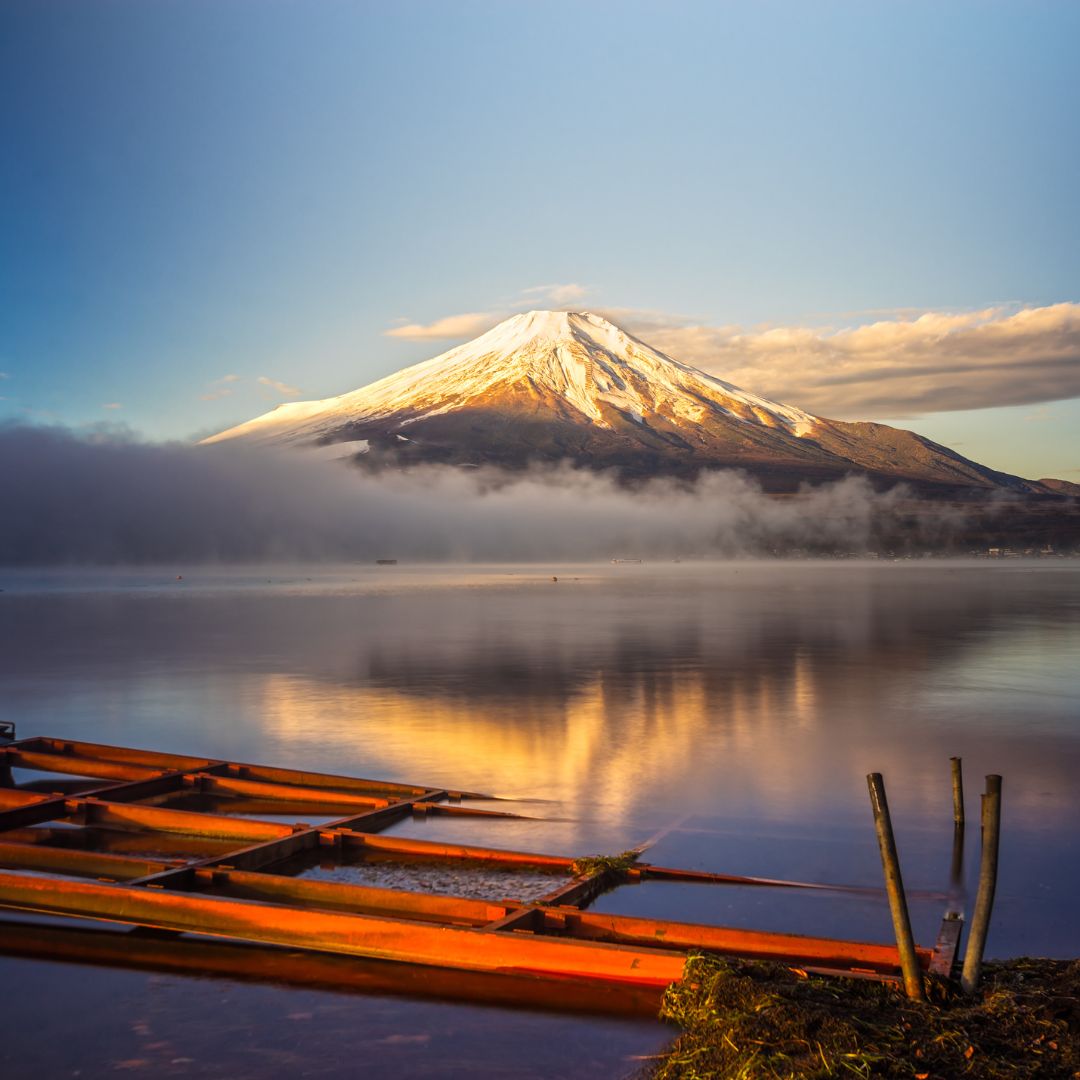An Insight into the History and Essence of Reiki
In my recent journey of diving deeper into the history and essence of Reiki, I’ve found so much to love about what I’m uncovering. The understanding we often have of Dr. Mikao Usui’s time on Mount Kurama is only scratching the surface of his influences and the significance of the cultural and political landscape during Reiki’s emergence. The more I learn, the more I’m inspired by the richness and depth of this spiritual practice.
A Lifetime of Preparation
Reiki did not spring forth as a sudden magical moment of enlightenment on Mount Kurama. Instead, Dr. Usui’s spiritual awakening was the culmination of decades of disciplined study, introspection, and connection to ancient traditions. Born in 1865, during the Meiji Restoration—a time of profound cultural and spiritual shifts in Japan—Usui grew up in an era where Shintoism, Buddhism, and Taoism interwove to shape the spiritual fabric of the nation.

As a member of a Samurai family, Usui was trained in Aiki-jutsu, a practice that harmonizes ki (life-force energy) to enhance physical, mental, and spiritual resilience. This foundation gave him a profound understanding of energy flow.
Dr. Usui’s spiritual path until the 1890’s included years of rigorous study as a Tendai Buddhist priest in Mikkyo, the esoteric branch of Tendai Buddhism. Mikkyo emphasizes achieving enlightenment within one’s lifetime through practices involving mudra (hand gestures), mantra (sacred sounds), and mandala (symbolic diagrams), known collectively as the “Three Mysteries.”
Through the 1900’s he studied psychology and western medicine in Tokyo which was a center of much intellectual and academic activity at the time.
Dr. Usui trained many years in the Shugendo tradition, an ascetic mountain practice rooted in Japan’s ancient and indigenous faith of Shintoism, combined with elements of Buddhism and Taoism. Shugendo, meaning “the way of cultivating spiritual power,” focused on practices such as fasting, meditation, cold-water immersion, and mantra chanting. Its core belief was the interconnectedness of all things, echoing the Shinto view of spirit being present in the land, animals, plants, and people.
In 1922 while on Mount Karuna this diverse spiritual foundation culminated in the 21-day meditative fast, where he experienced satori, a profound realization of Reiki. This moment of enlightenment was not an isolated event but the result of a lifetime of preparation, dedication, and spiritual practice.
During a time of great political upheaval, the Meiji Emperor sought to preserve Shintoism as Japan’s native and ancient faith, leading however to restrictions on the practice and spread of Buddhism and Taoism. As Shugendo encompassed elements of these suppressed religions, its practice also faced challenges. Yet, these influences deeply shaped Usui’s understanding of energy, spirituality, and healing.
While adhering to the doctrine of the time that no new religions were to be actively formed, Dr. Usui’s personal practice evolved without intention to teach. As his understanding deepened, word spread about his methods. People began to seek him out, asking to be taught in what he had discovered.
The Practical Evolution of Reiki
As a strong military presence evolved in Japan Dr. Usui was invited by naval officers to share his knowledge of energy healing practices like Te-ate (palm healing), as first aid and self-care. One of his students, surgeon and naval officer Dr. Chujiro Hayashi, further systematized Reiki, in 1926 creating a structured manual and training methods. Hayashi, along with Toshihiro Eguchi—another prominent student of Usui—helped bring Reiki’s practical aspects to the forefront. Eguchi’s focus on meditative practices and self-healing complemented Hayashi’s structured approach, creating a balance that ensured Reiki’s adaptability.
The contributions of Hayashi and Eguchi are what made Reiju, the blessing that awakens an individual’s connection to Reiki, and the practical hand-healing techniques accessible and brought to the West by Hayashi’s student Madame Takata. Their work laid the foundation for Reiki’s spread beyond Japan while retaining its core principles of self-healing and spiritual growth.

The Gakkai: Preserving Usui’s Legacy
Dr. Usui’s teachings were preserved and protected by the Usui Reiki Ryoho Gakkai, the society he established in Japan in 1922. The Gakkai remains active today but operates with great secrecy, ensuring the original practices and philosophies of Usui’s Reiki are maintained. This society continues to emphasize the spiritual self-healing practices at the heart of Usui’s teachings, safeguarding the lineage for future generations.
A Practice for Everyone
Dr. Usui’s teachings remind us that Reiki is accessible to all. It is not a gift bestowed by a teacher but a process of tuning into what is already within. As you embark on your Reiki journey, remember: the spirit is in the land, the animals, and most importantly, in you.
The Five Precepts
Usui’s Five Precepts are simple yet profound guidelines for living a balanced and harmonious life. They form the moral and spiritual foundation of Reiki practice:
- Just for today, do not anger.
- Just for today, do not worry.
- Be grateful.
- Work diligently.
- Be kind to others.
These principles are an invitation to mindfulness and a reminder that the path to healing starts with our daily actions and attitudes. More on these precepts in a follow-up blog!
